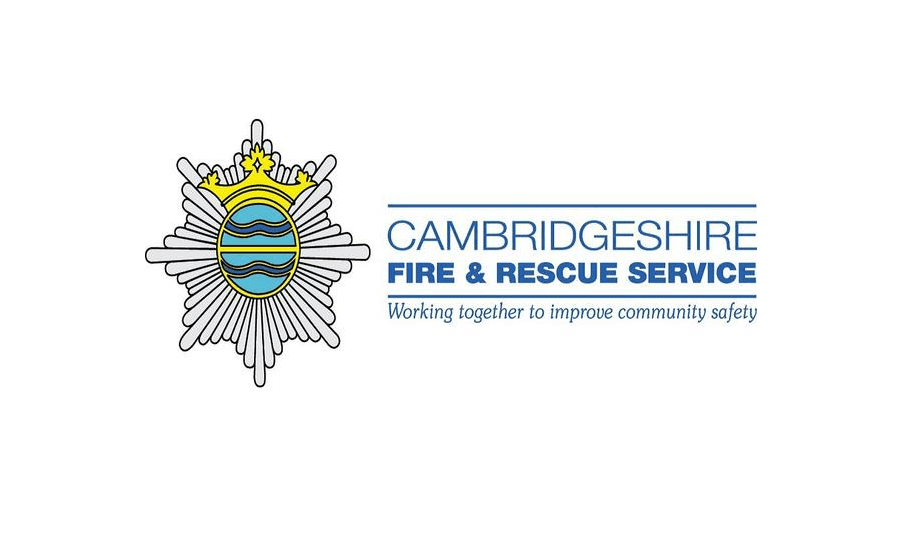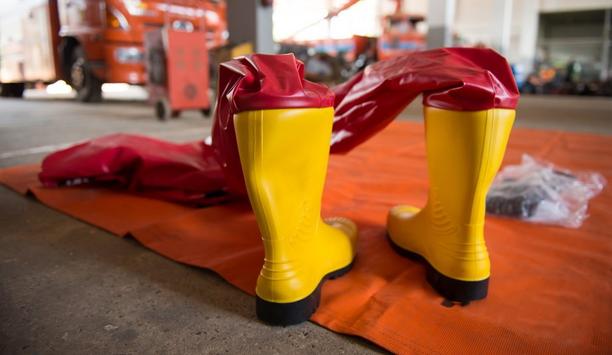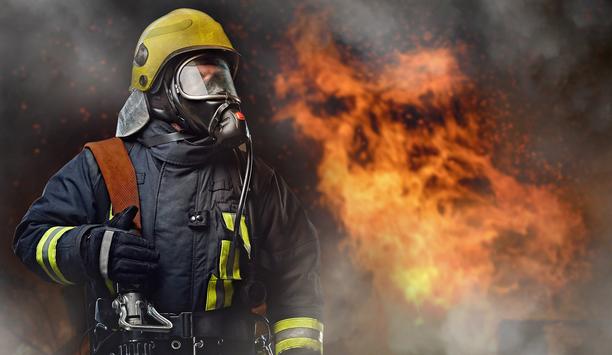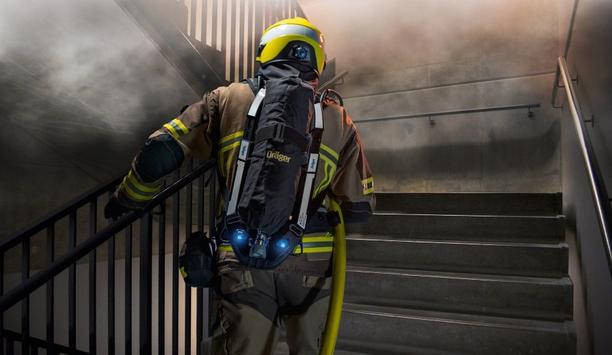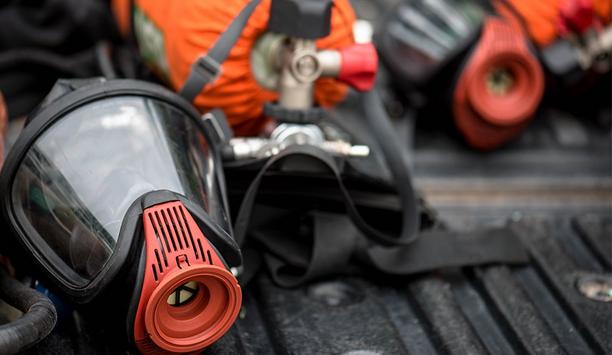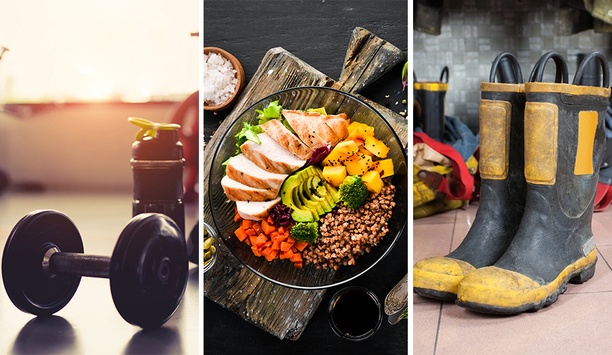Despite 2020 bringing unprecedented challenges due to the COVID-19 pandemic, Cambridgeshire Fire and Rescue Service has continued to deliver vital services to the residents of Cambridgeshire.
While maintaining an effective emergency response, staff have been delivering safety advice and supporting the health sector in the battle against COVID-19.
Challenges
Even before the COVID-19 pandemic fully began in March, Storms Ciara and Dennis hit the county with high winds reaching between 50 and 70 miles per hour.
Crews and call handlers were kept busy helping residents deal with the bad weather while also working with other services to help prepare and respond where needed.
Conference on the importance of sprinklers
The focus of the conference was on the challenges faced by the fire and rescue service in higher-risk buildings
The Service also invited around 200 delegates to a conference in February to highlight the importance of sprinkler systems.
Held in St Ives, the focus of the day was on the challenges faced by the fire and rescue service in higher-risk buildings and protecting vulnerable people.
Enhanced response times
The COVID-19 pandemic was declared a major incident by the Cambridgeshire and Peterborough Local Resilience Forum in March. This led to many staff having to work from their homes, while operational staff based at stations, and Combined Fire Control at Service HQ, had to ensure they were social distancing and making the premises secure.
Regardless of the challenges, the Service had more fire engines available to respond when needed than in previous years as many of the on-call staff were furloughed from their main employment.
Primary focus
Chief Fire Officer Chris Strickland said, "The COVID-19 pandemic presented us with unprecedented challenges in so many different areas. Our primary focus was keeping our staff safe and well so we could provide the services that residents needed."
He adds, "This meant staff across the Service having to adapt to new ways of working, while also juggling family commitments."
New ways of working
We also had to continue to train our operational staff and carry out assessments on their competencies"
Chris Strickland continues, "Our staff have all worked exceptionally hard to keep things going. For instance, we still needed to recruit staff, both for operational and support roles, so we had to modify our processes and carry out interviews and selections virtually."
He adds, "We also had to continue to train our operational staff and carry out assessments on their competencies, which required an entirely new way of doing things."
Recruitment and training
More than 60 new firefighters joined the Service in 2020, most arriving during the pandemic. The Service’s Training Centre adapted the initial program to ensure the new staff was able to join and get the required input they needed.
Additionally, four new emergency call handlers joined Combined Fire Control along with 20 new staff arriving in support roles.
demonstrating firefighting skills
One new member of staff, of sorts, hit the headlines in April as residents were in lockdown. Three-year-old Darcey Cook from Whittlesey showed off her firefighting skills, learned from her firefighter dad Jamie, in her garden by using a hose to extinguish a (chalk) fire and save her baby doll.
The video was a massive hit on social media, being viewed thousands of times and well-wishers from all over the world got in touch.
Training ambulance drivers
On-call firefighters were called upon to support the Trust by driving ambulances due to the demand
It wasn’t just within the fire service where our staff was needed. Driver training instructors were seconded to the East of England Ambulance Service Trust to train new ambulance drivers. On-call firefighters were also called upon to support the Trust by driving ambulances due to demand.
Other staff joined the county’s community hub to provide support for vulnerable residents, from delivering vital supplies to making welfare calls to homes.
Emergency call handling
Throughout the year, residents and businesses still needed to make emergency 999 calls. Emergency call handlers in the Service’s Combined Fire Control received more than 10,000 calls from across the county, as well as 7,500 for Suffolk Fire and Rescue Service.
They sent fire engines and officers to more than 6,000 incidents, including 1,800 fires and more than 300 road traffic collisions. Crews attended 116 animal rescues, ranging from cattle stuck in water to kittens trapped in cars.
Flooding and emergency response
The year ended with another major incident being declared in the days before Christmas as widespread flooding hit the county.
Crews, officers, and senior leaders were kept busy throughout the festive period helping those affected by the flooding and joining multi-agency calls to coordinate the emergency response.
Going an extra mile
Chief Fire Officer Strickland concludes, "It was a challenging year for us but thanks to our staff who have gone the extra mile this year, we have continued to deliver our service to the people of Cambridgeshire. I am very proud to work with such a dedicated group of people, who are passionate about serving their communities."
He adds, "We begin 2021 in another national lockdown and we will continue to do all we can to help people through these tough times. I’m sure we will face further challenges too when COVID-19 has passed, but I am confident we’ll all be able to rise to these and continue to keep Cambridgeshire residents safe."
